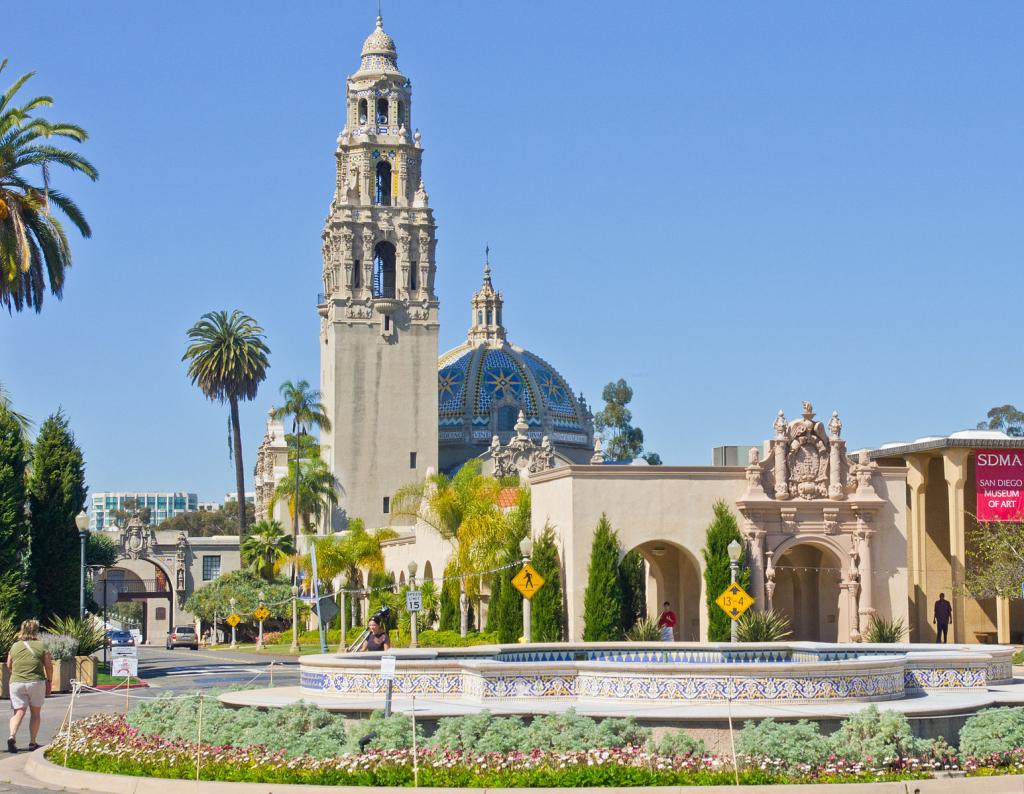
We’ve just walked back from a performance of Hamlet in the outdoor Lowell Davies Festival Theatre (directly adjacent to the Old Globe) in Balboa Park.
It was definitely different than any previous production that I’ve seen.
Not because its cast was largely African-American. And not merely because the play had been shortened by about 25% (from a likely production time of four hours to only three). All performances of Hamlet omit material; there are some scenes that may never have been done on stage. (Have you ever seen a production that included the long speech about a French fencer named LaMord? Well, it’s in the 1603 publication of the play.)
The most interesting thing about it is the way the director, Barry Edelstein, appealed to the textual variations of the piece.
I had not realized how jumbled and corrupt the textual history of Hamlet is. I was amazed to learn about that in an interview with Edelstein done by Danielle Mages Amato (under the title of “Three Hamlets”) in the magazine/program given out by the ushers (Performances: The Old Globe [August 2017]). Unfortunately, I haven’t located the interview online, so I can’t supply a link.
Anyway, Edelstein draws not only on the 1604 text, published during Shakespeare’s lifetime, and the famous 1623 “First Folio,” which was published by some of his friends after his death, but on the controversial 1603 Quarto — “the Bad Quarto,” as it’s sometimes called — which most scholars have apparently long regarded as a bootleg actor’s copy of the original stage script, but which is beginning to be seen by some, at least, as a first Shakespearean draft. (It’s only about half the length of most subsequent printed versions.)
“To be or not to be, ay, there’s the point.”
That’s how Hamlet’s famous soliloquy reads in the 1603 Quarto. But that’s not the only difference: The soliloquy also appears much earlier in the story than we’re used to. Overall, too, many things occur in slightly different order. And Gertrude learns fairly early on that her husband is a murderer.
In tonight’s production, Hamlet never tells Horatio that “there are more things in heaven and earth than are dreamt of in [his] philosophy.” (Actually, whereas modern texts usually say “your philosophy,” the First Folio has “our philosophy” — which I used in my Deseret News column for last week: “‘More things in heaven and earth.'”)
All of this yields a Hamlet who seems quite a bit more determined, and less hesitant or indecisive, than many I’ve seen before. That’s an interesting take. I would like to read the 1603 Folio now, and/or perhaps Barry Edelstein’s script if, as I hope he will, he ever publishes it. Psychologically, as Edelstein explains them, several of the changes make very good sense.
I could have easily done without the jarring brass and percussion bridges between scenes, though. My wife liked it; I didn’t. There was a lot of yelling in this performance, not a lot of modulation. The intensity almost never varied. And the loud, modern music didn’t help. It did nothing for me. Except, maybe, to irritate me.
Still, I’m glad that we saw this performance. There’s much in it to think about. My theater-major wife and I had a good conversation walking back from the theater to our place. And that’s something we enjoy.
Posted from San Diego, California











